What is home compost and how is it made?
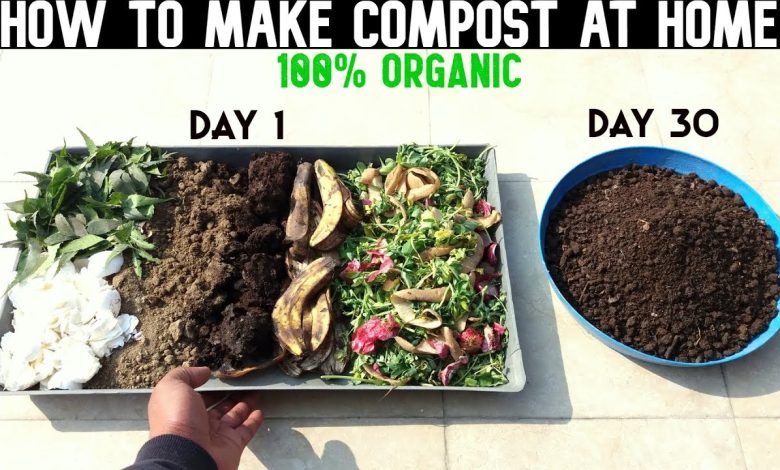
Today we will talk about home compost or compost, one of the best known natural fertilizers and used in organic gardens. There are many benefits of home compost for the soil and crops, so it is interesting to know how to make compost at home and how to fertilize the organic garden with it. Let’s see it!
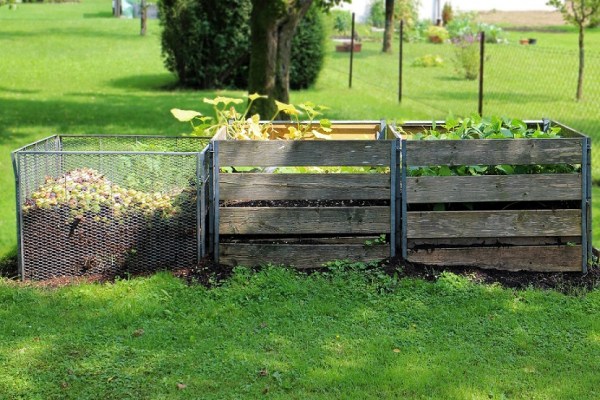
It is possible to make compost at home using the waste from the kitchen, the garden and the garden itself. As we will see in today’s post, there are several ways to make homemade compost: in an outdoor pile, in a wooden or metal mesh compost bin, in plastic compost bins, etc.
What is compost and what is it for?
Compost is a natural product that is obtained through a waste decomposition process in which plant matter and other organic remains are transformed into ecological fertilizer.
Composting is an aerobic biological process (that is, with the presence of oxygen) that is possible thanks to the action of microorganisms, earthworms and/or other beneficial organisms that break down organic matter and transform it into compost: a product rich in humus and essential plant nutrients.
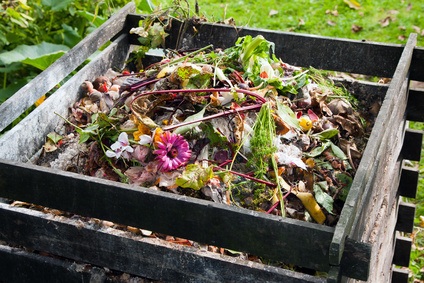
This organic fertilizer is very beneficial for the soil and crops, which is why it is the most widely used fertilizer in organic gardens.
The materials used in the compost to make natural fertilizer are very diverse: dry litter, food waste such as fruit and vegetable peelings, manure, ash, grass or grass, branches and pruning debris, crushed crop debris, etc.
Uses and benefits of compost
What is home compost used for? Composting at home serves, first of all, to give another use to kitchen scraps and reduce waste or rubbish generated at home, which can attract mosquitoes and other insects if we do not manage it properly.
In addition, making the compost at home instead of buying the fertilizer will mean savings when it comes to gardening (in fact, it is one of the tricks we saw to make a cheap garden). With composting, in addition to reusing waste and taking care of the environment, the soil and the crops, we get a fertilizer for the orchard and the garden that comes out almost free.
In summary, broadly speaking, the benefits of using compost to fertilize the orchard and garden are the following:
- Benefits for the soil and plants in the garden: it improves the structure and aeration of the soil, maintains its humidity and increases the concentration of nutrients available to plants. In addition, the compost reduces the risk of erosion and increases the biodiversity and quality of the soil due to the contribution of beneficial microorganisms and organic matter. The use of compost reduces the need to use chemical fertilizers that pollute the soil and water and at the same time favors plants to grow stronger and with greater resistance to pests and diseases.
- Environmental benefits: if we make homemade compost we collaborate in the sustainability of the planet. Thanks to home composting, we reduce the amount of rubbish that ends up in a landfill or incinerator, and we contribute to saving natural resources, reducing the carbon footprint, recycling waste, etc.
- Economic benefits: as already mentioned, we do not buy the fertilizer for the garden but we make compost ourselves using the vegetable waste material from the garden and the organic waste from the kitchen.
Compost ingredients or compostable materials
The materials to make compost are, fundamentally, of two types:
- Nitrogen-rich waste or materials or “green waste”: they are the wet matter of the compost, so when they decompose they usually generate a strong odor, like ammonia. Aeration is important so that the waste does not rot in the absence of oxygen.
- Carbon-rich materials or “brown residues”: these are drier materials, rich in cellulose and lignin. These residues take longer to decompose and for this they must be moistened.
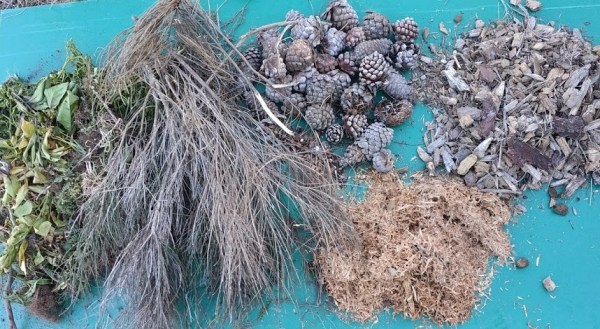
Materials to make a compost rich in nitrogen
- Stems, leaves and other green plant remains from our crops.
- Vegetable waste from the kitchen such as leftover fruit and vegetables, coffee grounds, tea bags…
- cut grass
- remains of old flowers
- Algae
- Manure and slurry: horse, cow or sheep manure, chicken manure or droppings from hens and chickens, urine and droppings from rabbits, birds…
- Buried green manure plants
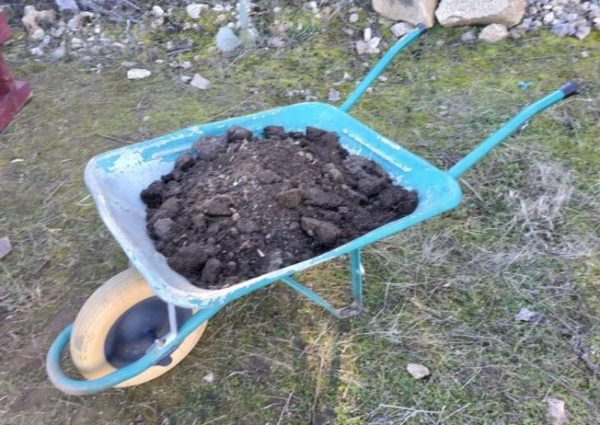
Materials to make a compost rich in carbon
- straw and hay
- Sawdust and wood chips
- Woody branches and bark such as pruning debris or pine bark
- Dry leaves
- Chopped cardboard (paper or cardboard from egg cups or other containers can be used as long as the ink content is low).
- Hair, wool and natural fibers
- Nut shells and pineapples
- egg shells
- fruit pits
- Needles or needles of pine and other conifers
- Ash from burning stubble, wood or pineapples (this ingredient helps regulate the pH of the compost and of the soil to which it is incorporated, since it increases the pH of soils that are too acidic, preventing the proper absorption of nutrients by plants).
Materials that can NOT be used for composting
- Non-degradable material: ceramic remains, glass, plastics, aluminum foil, packaging…
- Pieces of wood that have been treated or cork
- Remains of diseased plants or weeds that we have eliminated from the garden
- Human or pet excrement such as dogs and cats
- Non-vegetable kitchen scraps (meat and fish scraps, bones, fatty foods such as cheese and yoghurt, etc.).
- Citrus fruits in excess (you can add the skins of lemon, orange, etc. from time to time, but always well chopped and in small quantities so that, due to its acidity, the pH of the compost does not drop too much).
How to make homemade compost
After correctly mixing all the ingredients or materials to make compost that we saw in the previous section, the composting process takes place in two phases: the decomposition of organic matter and the maturation of the compost.
In the first phase, the most easily degradable molecules disappear -such as water, carbon dioxide and ammonia- releasing energy in the form of heat (high temperatures inside the compost: 60-70°C).
The compost stops smelling of ammonia after this decomposition, and the water and plant remains are partially altered. This first phase usually lasts 4-6 weeks in organic gardens, although intensively (closed enclosures and forced aeration) it can be reduced to 2-4 weeks.
The fresh compost from this first stage can be used as mulch for the orchard and fruit trees in the garden (protection against frost and weeds) or left to mature for a few more weeks to use as compost.
In the maturation stage, the residue stabilizes and matures for 6-10 weeks until compost or mature compost is finally obtained.

During the two stages of the composting process, it is necessary to maintain an adequate amount of oxygen and humidity in the compost, so we must water it from time to time so that it does not dry out completely and stir it so that it has good aeration.
In the post How to make homemade compost step by step there are more details on how to make compost at home in two different ways: in a container or composter and in a compost pile or outdoor heap. As we will see below, in addition to these two options, we can also make other types of compost.
5 Types of homemade compost
There are several types of home compost depending on where we prepare the natural fertilizer or the materials and process we use for composting.
1. Compost in the Compostera
Compost can be made in containers using a plastic bucket that we buy or that we make ourselves (you can use any recycled container -to which we must make perforations for ventilation- or buy a compost bin or composting box).
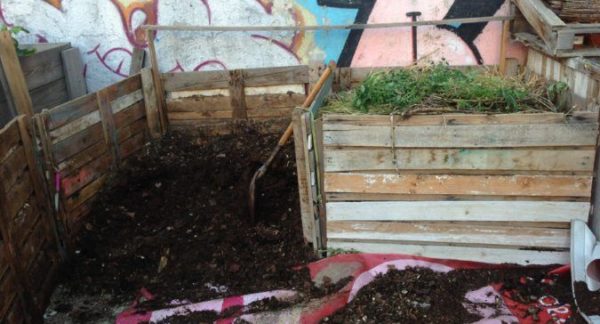
We can also use a larger container and make a homemade compost bin with wooden pallets. Composting in a wooden box is just as easy, it just takes a little more effort to handle and turn the materials over.
2. Garden Compost or Heap Composting
If we have the garden on land with free space or if we have a small garden, another possibility is to make compost in a heap.
The materials will be mixed in layers, as in the case of compost in a box, but this time we will place them directly on the ground making a small mountain, instead of putting them in a container.
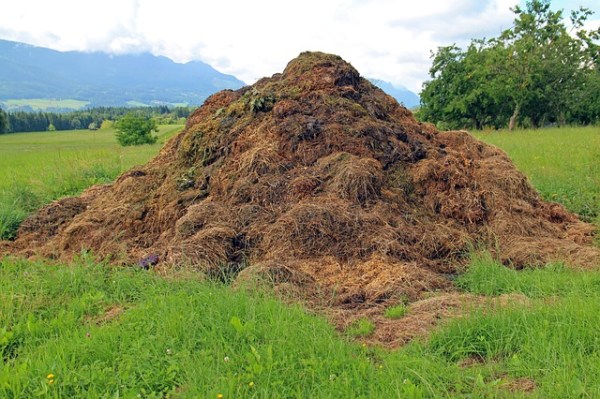
3. Worm humus or vermicompost
Vermicompost, vermicompost or vermicompost is a special type of compost.
For its manufacture, in addition to the two phases that we saw in the section on the composting process, it has a third stage in which the mature compost is provided as food for worms of the Eisenia foetida and Eisenia hortensis species, whose excrement gives rise to a much richer fertilizer: earthworm humus.
In the post about what vermiculture is and how to make earthworm humus there is more information about this type of natural fertilizer.
4. Bocashi Compost
Bocashi is a fermented fertilizer, a special type of compost that uses very specific ingredients, such as molasses, rock dust or charcoal.

One of the advantages of this natural fertilizer is that the composting process is much faster: it will be ready in two or three weeks, compared to the minimum three or four months it takes for traditional compost to mature.
More details about this fertilizer in the Bocashi Compost post to fertilize the orchard.
5. Liquid humus or compost tea
It is a derivative of compost that can be made at home using homemade compost and also with compost or worm humus that we buy at a garden store.
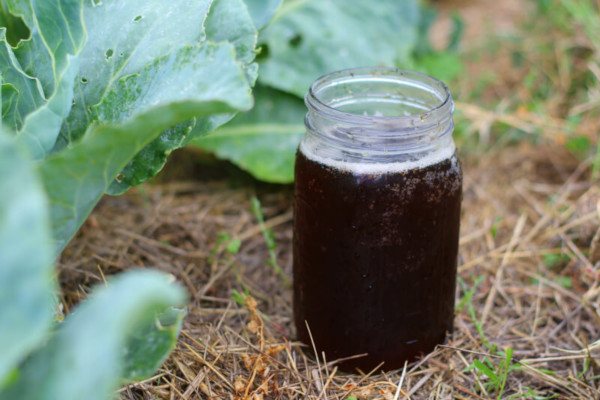
Compost tea is a liquid fertilizer obtained with the compost extract in water. In the post How to make homemade compost tea step by step there is more information about this type of organic fertilizer that is easy to make.
References
- University of Quintana Roo (Mexico), 2001. What is compost and what are its benefits. Integrated Management of Coastal Resources Program.
- Ministry of the Environment and Rural and Marine Affairs (Government of Spain), 2009. Composting Manual.
- FAO, 2011. Preparation and use of bocashi compost. Special Program for Food Security in El Salvador. GCP/ELS/007/ENG.
- Roman, P. et al., 2013. Farmer’s Composting Manual. Experiences in Latin America. Food and Agriculture Organization of the United Nations (FAO). Regional Office for Latin America and the Caribbean.

![Photo of Bella Sombra: [Cultivation, Irrigation, Care, Pests and Diseases]](https://www.complete-gardening.com/wp-content/uploads/2021/06/Que-caracteristicas-tiene-el-arbol-bella-sombra-390x220.jpg)
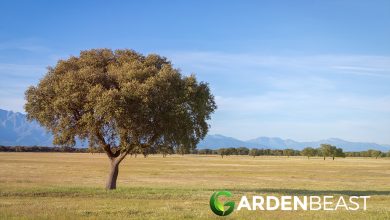
![Photo of Plant The Poinsettia in Your Garden: [Complete Step-by-Step Guide]](https://www.complete-gardening.com/wp-content/uploads/2022/08/plant-the-poinsettia-in-your-garden-complete-step-by-step-guide-390x220.jpg)
